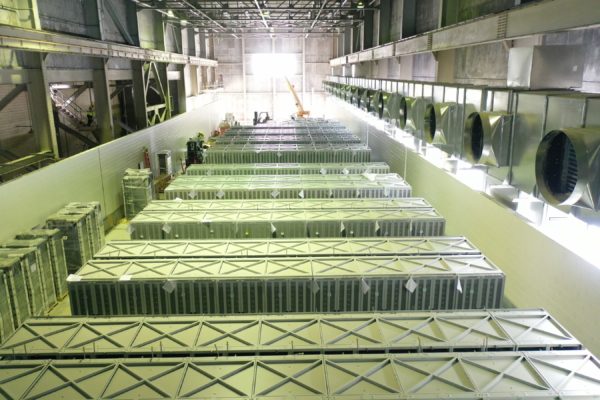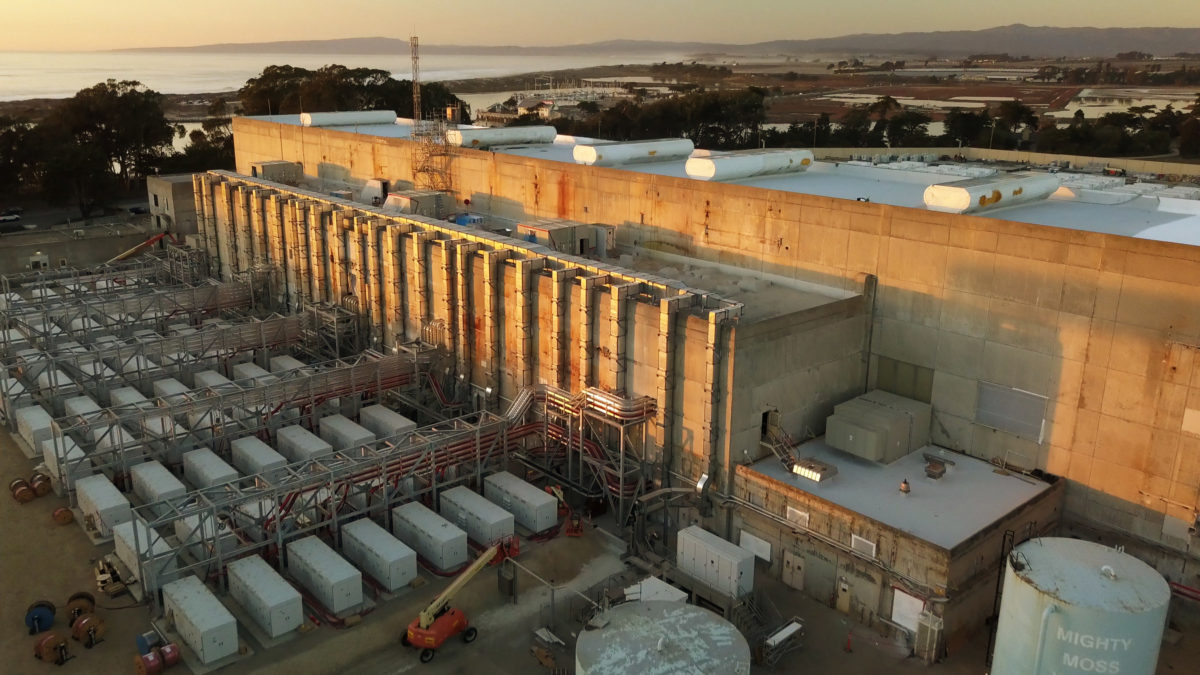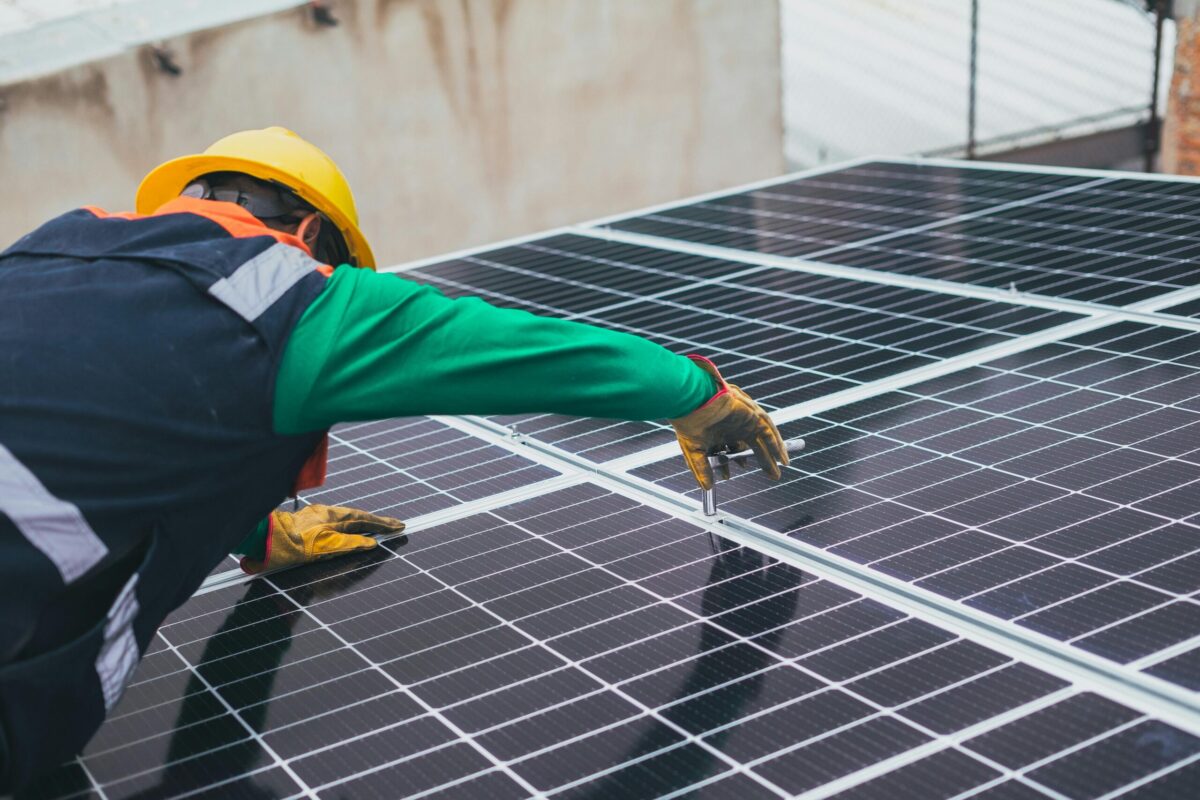Vistra’s 400 MW/1.4 GWh Moss Landing Energy Storage Facility in California, set to be one of the largest battery energy storage systems in the world, completed phase II of installation. LG Energy Solution supplied the project with 4,500 TR1300 battery racks.
Representatives from Vistra and LG Energy Solution, as well as some from California ISO, Pacific Gas and Electric, Burns & McDonnell, and federal, state, and local elected officials were on-site for the ribbon cutting ceremony.
Potentially even more impressive than the system’s current size is its planned expansion. While we don’t know how many more phases it will take, the final system is expected to clock in at 1,500 MW/6,000 MWh.
The electricity stored in the system at its current size is enough to supply 300,000 households.
“LG Energy Solution’s innovative battery technology and commitment to this project played an important role in successfully building the Moss Landing Energy Storage Facility,” said Claudia Morrow, Vistra’s Senior VP of Development and Strategy.

Image: LG Energy Solution, Vistra Corp.
LG said that the lithium-ion-based TR1300 batteries meet fire safety standards, and racks have been tested to verify compliance with UL9540A (Standard for Safety Test Method for Evaluating Thermal Runaway Fire Propagation in Battery Energy Storage Systems), to ensure any fire event is not propagated to adjacent battery racks.
The TR1300’s rack design also meets the American Society of Civil Engineers’ ASCE 7-16, assuring its stable operation even during external environmental changes such as seismic tremors. The standard is now part of the California Building Code.
LG has been working to improve its battery technology since an April 2019 accident involving one of the company’s utility-scale lithium-ion battery arrays at an Arizona Public Service location. A thermal runaway event there caused an accumulation of gases in the container that housed the batteries. Those gases ignited when first responders opened an access door to investigate reports of smoke coming from the container. Two two firefighters were seriously injured.
LG also recently changed its environmental vision, adopting the mantra “We CHARGE towards a better future” and aiming to achieve carbon neutrality by 2050, transitioning all business operations to RE100 by 2030, and establishing virtual circular value chain for resources by 2025.
Also at the Moss Landing site is a 182.5 MW and 730 MWh energy storage system that will be comprised of 256 Tesla Megapack battery units on 33 concrete slabs. That project is nearing completion and full commercial operation is set for later this year.
This content is protected by copyright and may not be reused. If you want to cooperate with us and would like to reuse some of our content, please contact: editors@pv-magazine.com.









By submitting this form you agree to pv magazine using your data for the purposes of publishing your comment.
Your personal data will only be disclosed or otherwise transmitted to third parties for the purposes of spam filtering or if this is necessary for technical maintenance of the website. Any other transfer to third parties will not take place unless this is justified on the basis of applicable data protection regulations or if pv magazine is legally obliged to do so.
You may revoke this consent at any time with effect for the future, in which case your personal data will be deleted immediately. Otherwise, your data will be deleted if pv magazine has processed your request or the purpose of data storage is fulfilled.
Further information on data privacy can be found in our Data Protection Policy.